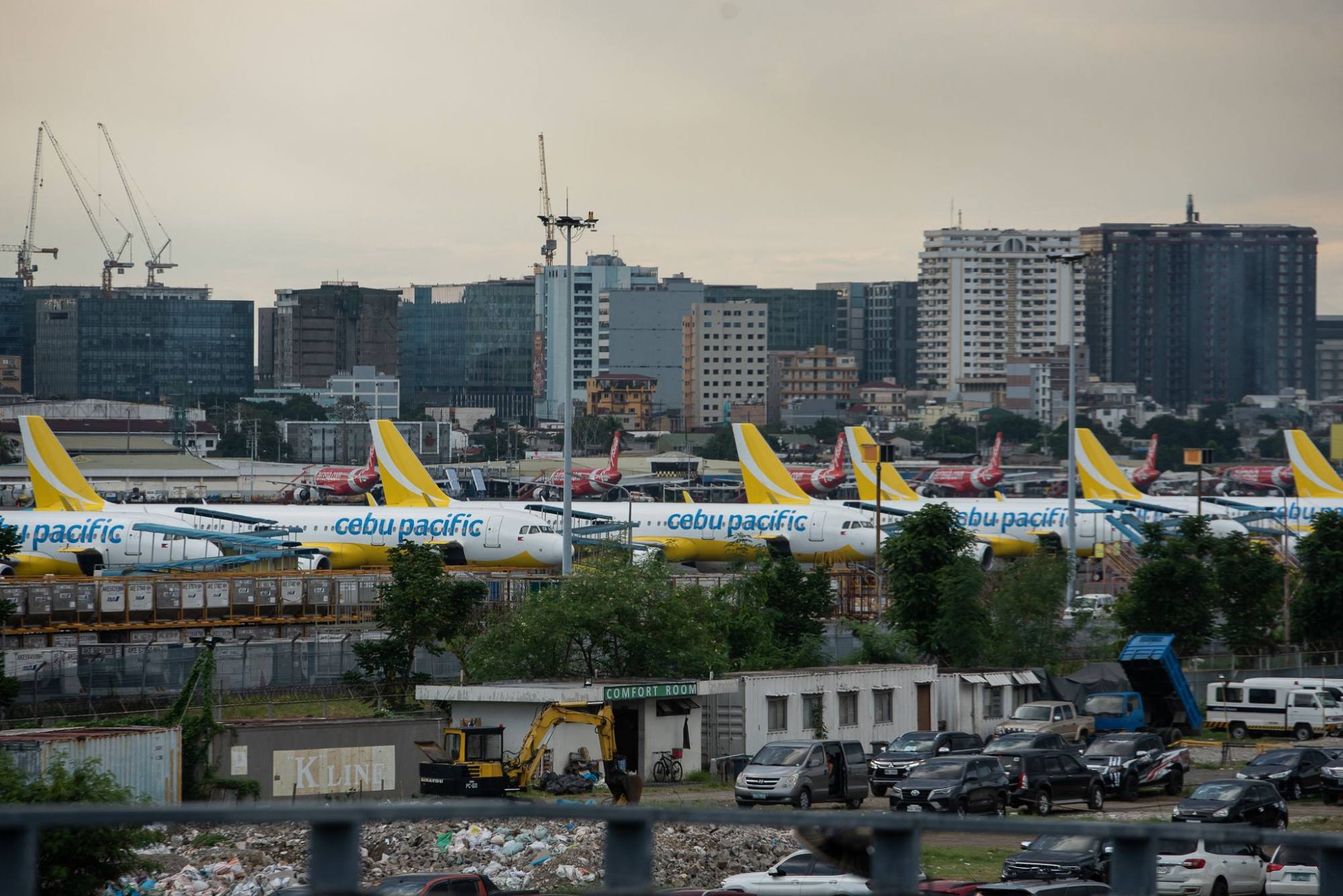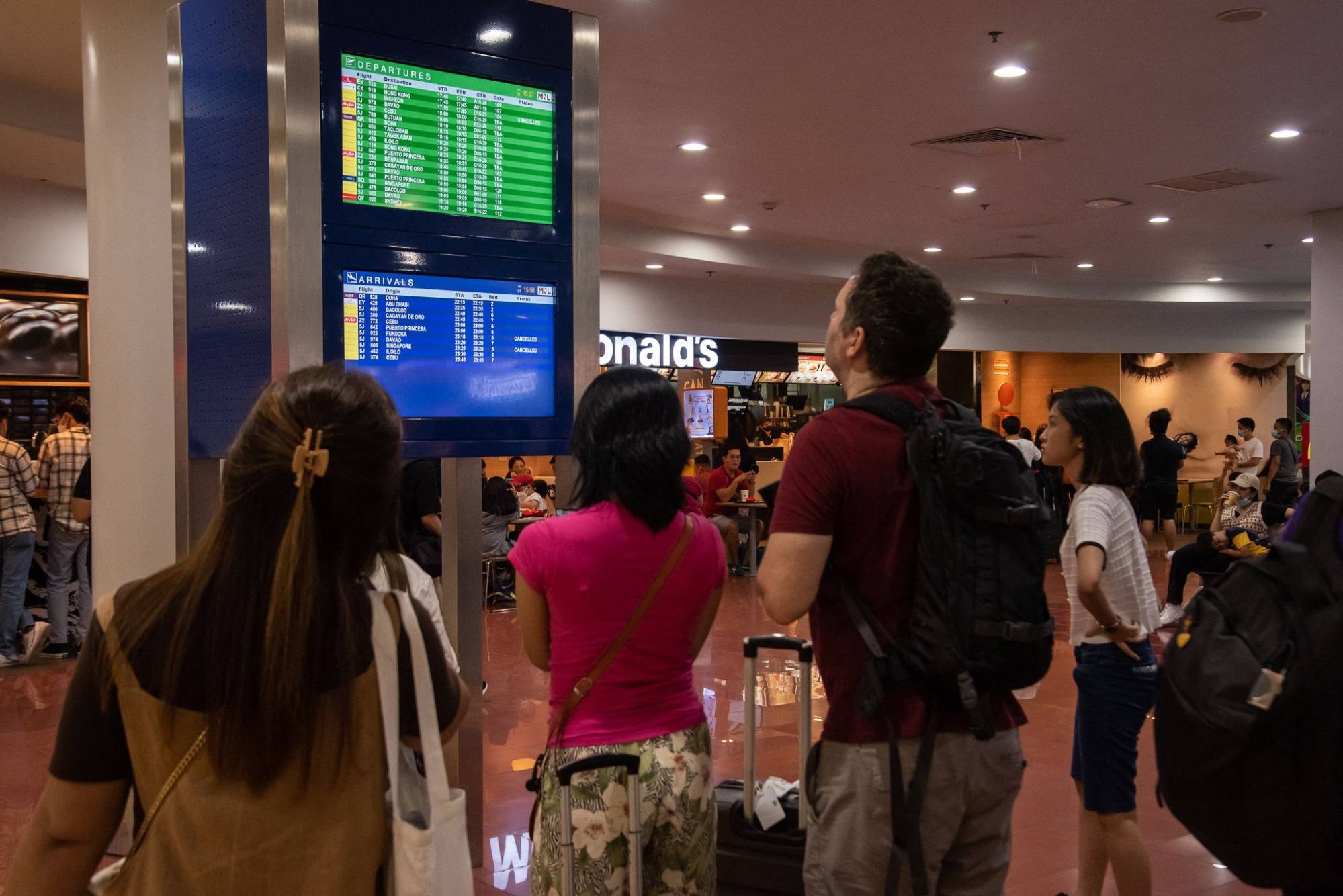India’s GMR Group had proposed a contract to give the government 33.3 per cent of its revenues. Despite the lower figure, it was seen as a front-runner for its ability to maintain the long-term business viability of operating the airport.
A third bidder, Manila International Airport Consortium, led by Global Infrastructure Partners that was recently acquired by US asset management firm BlackRock, had proposed to share 25.91 per cent of revenues with the Philippine government.

The redevelopment bid for the Ninoy Aquino International Airport (NAIA) was launched last August after two failed attempts to expand the facility’s operations, considered among the worst worldwide at 50 per cent over capacity.
“The modernisation of NAIA is long overdue, and any investment there is a no-brainer given the demand for flights is much higher than capacity. San Miguel is being very aggressive with its revenue sharing proposal and in overseeing both NAIA and the new mega airport outside Manila,” said Brandon Sobie, a Singapore-based independent aviation analyst and consultant.
San Miguel is also developing a new Manila international airport in the coastal area of Bulacan, which is located about 35km north of the capital Manila.
“Thirty years in the making, we will (finally) be able to privatise the operations and maintenance of the Manila airport,” Transportation Secretary Jaime Bautista told a news conference that was streamed live on Facebook.
Will lifting caps on foreign investment boost or hurt Philippine growth?
Will lifting caps on foreign investment boost or hurt Philippine growth?
The concession agreement, which is for 15 years initially and extendable by another 10 years subject to performance, is to be signed within 30 days. San Miguel would be required to double NAIA capacity to 60 million passengers per year.
Bautista said the Philippines capital would need two airports eventually because it will require capacity of around 100 million passengers annually by 2050.
It was not immediately clear why San Miguel bid far higher than any of the other competitors and how it will make the project commercially viable.
Mayur Patel, head of Asia at OAG Aviation, said San Miguel had likely made a high bid deliberately to beat GMR’s offer. “They have taken a 15-25 year perspective,” Patel said, highlighting that the company could take such a long-term perspective because it was developing the second airport as well.

Timothy John Batan, Philippine undersecretary for planning and project development under the Department of Transportation, said the winning bid was selected after evaluating whether financial and technical proposals were in alignment.
Asked whether San Miguel’s revenue sharing proposal was too high, Batan dismissed concerns by citing previous instances in which government projects were handed to developers that yielded higher revenues than initially anticipated.
Sobie said the project essentially involves “squeezing more out of the existing infrastructure while at the same time improving the now subpar level of services by refurbishing”.
“It’s a no-brainer actually – easy to justify this investment compared to any other airport investment in the Philippines as NAIA is by far where the most demand is.”
India’s GMR potential front runner for US$3 billion Manila airport plan project
India’s GMR potential front runner for US$3 billion Manila airport plan project
Philippine officials said the developer’s performance would be monitored and a further extension of 10 years beyond the initial 15-year period would only be granted based on its performance after the first eight years.
John said airport modernisation work would start in three to six months. Priorities will include slashing wait times at immigration, increased seating at pre-departure gates and greater availability of parking bays.
‘Not for faint-hearted’
Revamping the Manila airport is bound to be a humongous task, said Shukor Yusof, founder and analyst at Endau Analytics.
“This project is not for the faint-hearted. Any entity going into it will need very deep pockets and boundless patience, as doing a big infrastructure upgrade such as this in the Philippines is fraught with many challenges – seen and unseen,” Yusof said.
“That US$3 billion [for the Manila airport] is a good start, although the chances of that investment being quickly used up are high, given the bureaucracy and politics involved. There are likely to be overruns, therefore the cost will increase significantly.”

The Philippines already has proposals from developers for seven more regional airports at various stages of evaluation, as well as plans to increase capacity at other airports in the country.
Government officials say one of the main goals of NAIA’s modernisation is to boost tourism inflows as well as support industrial growth.
“This means it does not attract the inbound corporate travel market at any scale, and is therefore reliant on issues such as seasonal demand for leisure travel,” he said.
“For a country of its size and population, there is insufficient direct flight connectivity beyond Manila, Clark and Cebu, making it time-consuming for tourists to deal with onwards connections,” Bowerman said.

